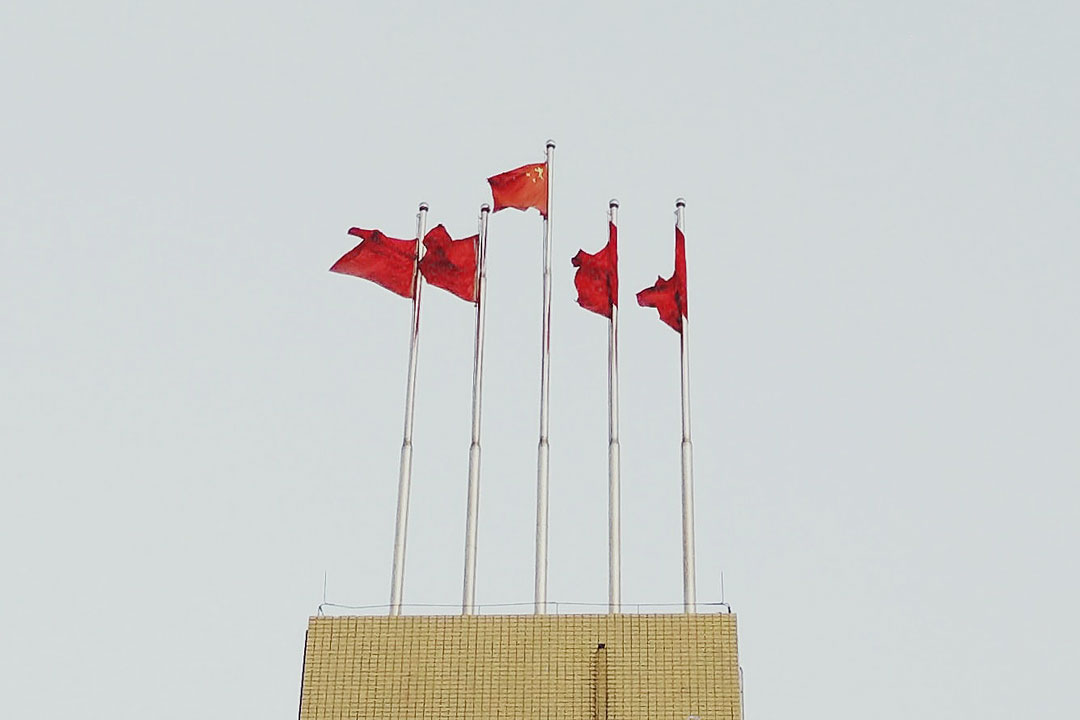China must repair damage from its burst balloon
Minxin Pei

AFTER US JET FIGHTERS took out a Chinese “spy balloon” that had slowly traversed the country last week, the idea of stabilizing relations between the two superpowers might seem naive and quixotic. Yet the two sides still need to try — and China must take the first step.
The bizarre incident has undoubtedly made any rapprochement harder. Republicans have blasted US President Joe Biden for not shooting down the balloon immediately. The atrocious optics forced US Secretary of State Antony Blinken to postpone a long-awaited trip to Beijing. Chinese officials professed to be outraged by the downing of what they claimed was a “civilian airship.”
Blinken’s visit would have offered a rare and much-needed opportunity for high-level dialogue between US and Chinese officials, possibly including President Xi Jinping. The prospect of talks now looks distant again.
At the same time, the brouhaha shows exactly why the US and China must find some new equilibrium in their relationship. Their strategic competition has become dangerously militarized, as illustrated by the accelerated expansion of China’s nuclear arsenal, the recent agreement for the Pentagon to position US military assets in the Philippines, and a US Air Force general’s alarming prediction of war in 2025.
The risk of an accidental clash is growing. In recent years, as the US has increased the frequency of its “freedom of navigation operations” and reconnaissance flights in the South China Sea, the Chinese military has responded with aggressive and unsafe intercepts. Meanwhile, Chinese attempts to intimidate Taiwan, including by sending a large number of fighters and bombers across the median line separating the island from the mainland, could easily spark a shooting war that could drag in the US.
Even if the two countries are lucky enough to avoid an accident, the actions they are taking to counter or deter each other — including blocking critical technology exports, cutting off trade ties, and pouring billions into modernizing their militaries — are pushing them toward a conflict neither wants. Hawks in both countries will surely exploit the balloon incident as evidence of the futility of seeking peaceful co-existence.
To avoid a catastrophic conflict, more pragmatic leaders on both sides must push back. And, as its actions caused this diplomatic crisis, China must move first.
China’s initial expressions of regret, not to mention its claim that the balloon was conducting climate research and was blown off course by strong winds, are scarcely believable. If that had been the case, Chinese officials could have notified the US and Canadian governments as soon as the balloon supposedly went astray. At a minimum, Chinese leaders must conduct a credible investigation into the incident and punish those responsible for the balloon’s course, as well as those who should have informed the US in a timely fashion.
China also should issue a stronger apology to the US and Canada, either publicly or through high-level diplomatic channels. If Xi is sincere in his regrets, he should call President Joe Biden to underscore his commitment to a more stable relationship with the US.
And he shouldn’t stop there. With China’s economy reeling and relations with neighbors and countries in Europe strained, restraint and prudence are in its own interests.
The least China can do is avoid causing further damage. It should scale back its gray-zone coercion against Taiwan and tone down its bellicose rhetoric about a potential visit by Republican Speaker of the House Kevin McCarthy to the island. It should clamp down on exports designed to aid the Russian war machine in Ukraine.
China could also earn goodwill by unilaterally announcing actions that it may have planned to undertake following the Blinken visit. Cracking down on the export of precursor chemicals for producing fentanyl, which is causing a wave of deadly overdoses in the US, would give the Biden administration more room to maneuver in its relations with Beijing.
If Chinese leaders bridle at such concessions, they should remember what the alternative might be. A Cold War parallel — the U-2 incident in May 1960 — is instructive.
On May 1, an American U-2 spy plane was shot down over the Soviet Union. Nikita Khrushchev, the Soviet leader, attempted to exploit the incident and humiliate the US, while President Dwight Eisenhower initially failed to acknowledge US culpability. The clumsy handling of the incident led to the collapse of a summit between Khrushchev and Eisenhower in Paris in mid-May, where the two leaders had intended to negotiate a nuclear arms-control deal.
The Berlin Wall, the defining symbol of the Cold War, went up 15 months after the U-2 fiasco. In October 1962, the Cuban missile crisis brought the world to the brink of nuclear war. Finding a way past this latest crisis is a necessity, not a choice.
BLOOMBERG OPINION
